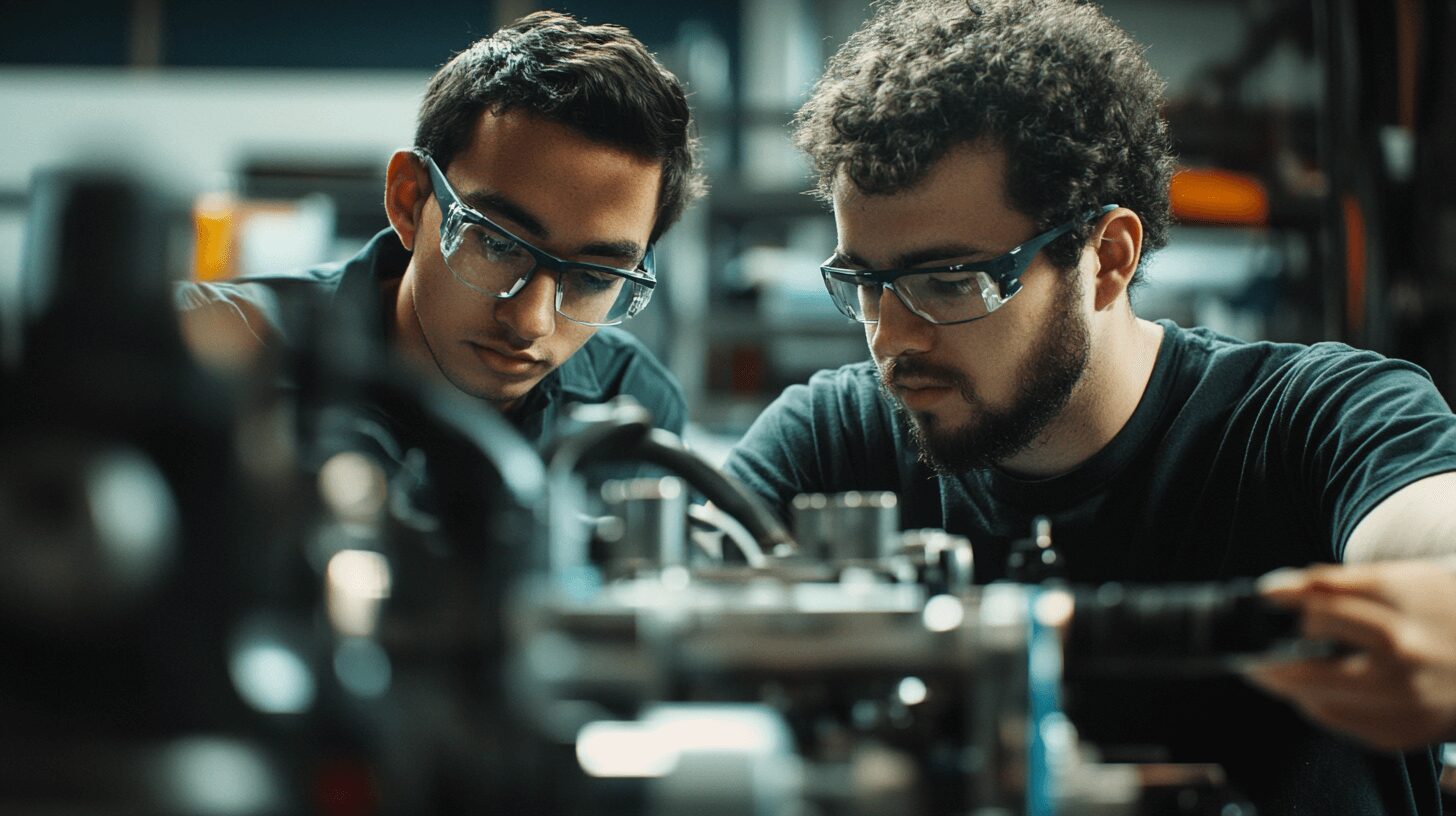
Metal Stamping in Aerospace Engineering: How Does It Work?
September 13, 2022 - Ellie Gabel
Revolutionized is reader-supported. When you buy through links on our site, we may earn an affiliate commission. Learn more here.
Have you ever wondered how metal stamping in aerospace engineering works?
The average commercial airliner can require millions of parts to assemble, excluding small assembly components like nuts, bolts, rivets and hundreds of feet of copper wire. The Boeing 747, perhaps the best-known commercial airliner, has more than 6 million individual components.
Spacecraft and the rockets that carry them into orbit can take even more parts. The Orion capsule, which will eventually carry the Artemis astronauts back to the moon, has more than 57,000 cable harness fasteners. Counting all the nuts, bolts and assembly pieces could easily drive the number of components necessary to assemble a spacecraft into the millions.
A good portion of these pieces are punched or stamped from steel, aluminum or other metal alloys. Here’s how metal stamping works in aerospace engineering.
The Basics of Metal Stamping
Metal stamping combines specially shaped dies with hydraulic pressure to punch the desired components from a single metal sheet. It’s an invaluable tool for various industries. Anyone who requires a large number of identical uniform components should consider metal stamping.
In addition to stamping metal forms, these presses can shape, bend or otherwise manipulate metal into the shapes necessary to complete the task at hand.
Types of Metal Stamping
Metal stamping can be broken down into four types: progressive, fourslide, deep draw and short run.
Progressive metal stamping starts by inserting a metal sheet into the stamping press. The press then slowly unrolls the metal and feeds it through a series of stations. Each station performs a different action — punching, bending, stamping, cutting — leaving a finished part at the end of the process.
Fourslide stamping uses four tools simultaneously to modify and create complex parts in a fraction of the time a progressive stamping line could manage. Deep draw stamping gets its name from its technique of drawing metal deep into the die shape with a punch. This type of stamping is commonly used for aircraft parts and automotive components because the finished product requires multiple diameters.
Finally, there is short-run stamping for small projects that don’t require complex production. This option is the most cost-effective for work requiring a fast turnaround.
Benefits of Metal Stamping
Metal stamping, especially for those that choose a custom stamp setup, provides an additional layer of control over the finished product, the design and its related intellectual property. Instead of choosing stock components that may not meet quality control or compatibility requirements, metal stamping gives manufacturers the tools to create the perfect part for their needs every time. It also provides more flexibility, making it easier for production lines to adapt if something about the manufacturing process — or the finished product — changes.
Metal stamping can also help reduce labor costs, especially for high-volume manufacturing processes. It helps provide better accuracy and quality over time. As long as the cutting edges of the stamps or dies are maintained by sharpening or replacing them as necessary, these systems will almost always create the same high-quality components throughout the production run.
Quality control is essential and could mean the difference between a successful flight and a tragic crash.
Types of Metals for Stamping
Which metals are compatible with the stamping process? It’s possible to work with basic materials such as steel or aluminum, but these alloys aren’t commonly used in aerospace engineering. The most common types are:
- Titanium
- Stainless steel
- Nickel/nickel alloys
- Cold-rolled steel
- Copper/copper alloys
- Aluminum 6061
Other frequently used metals are proprietary alloys like Hastelloy, HY-MU 80 and Inconel.
Things to Consider When Choosing Metal Stamping
Metal stamping in the aerospace industry may be a more cost-effective and labor-friendly option for manufacturing, but companies should consider certain things before choosing this path. It is essential to understand the characteristics of each metal in the construction process and how it reacts to stamping. Something like steel with a high tensile strength and melting point will respond much differently than copper or copper alloys with a lower one.
Another important thing to consider is which stamping technique might be best for each component. The method that works best for mass production might not be suited for a short run of a specific part.
Looking to the Sky
Aerospace technology will take a front seat in the coming years as companies race to send travelers to the moon, Mars and beyond. The growing push to turn humans into an interstellar species will continue to breathe life into metal stamping in the aerospace industry for decades to come.
Revolutionized is reader-supported. When you buy through links on our site, we may earn an affiliate commission. Learn more here.
Author
Ellie Gabel
Ellie Gabel is a science writer specializing in astronomy and environmental science and is the Associate Editor of Revolutionized. Ellie's love of science stems from reading Richard Dawkins books and her favorite science magazines as a child, where she fell in love with the experiments included in each edition.




